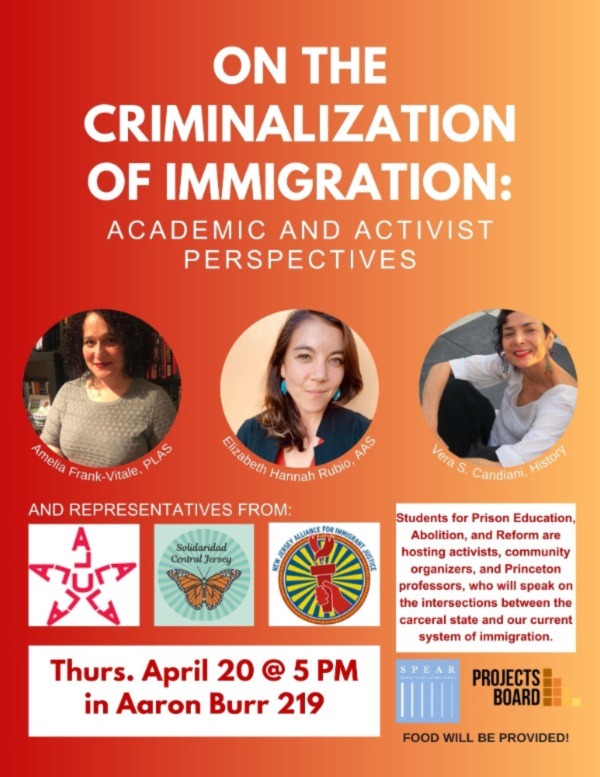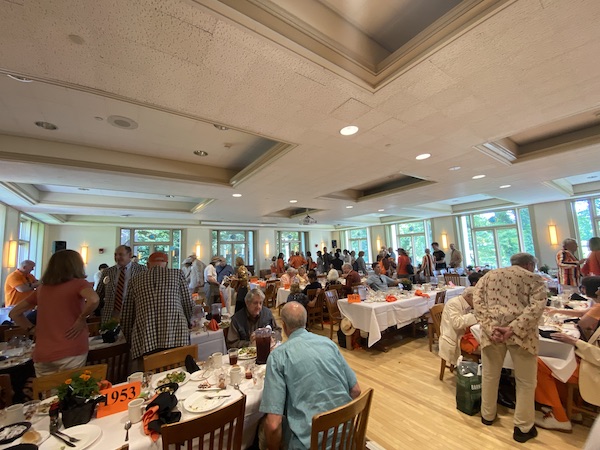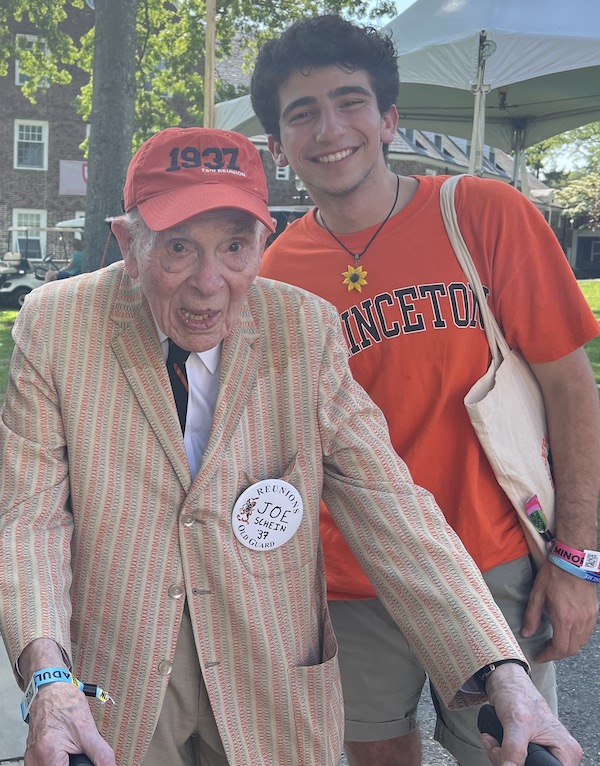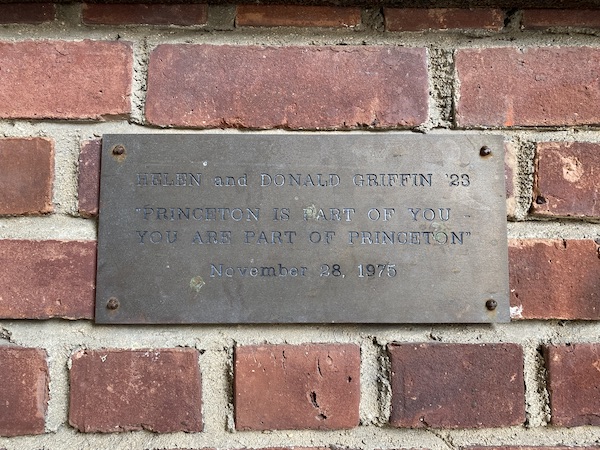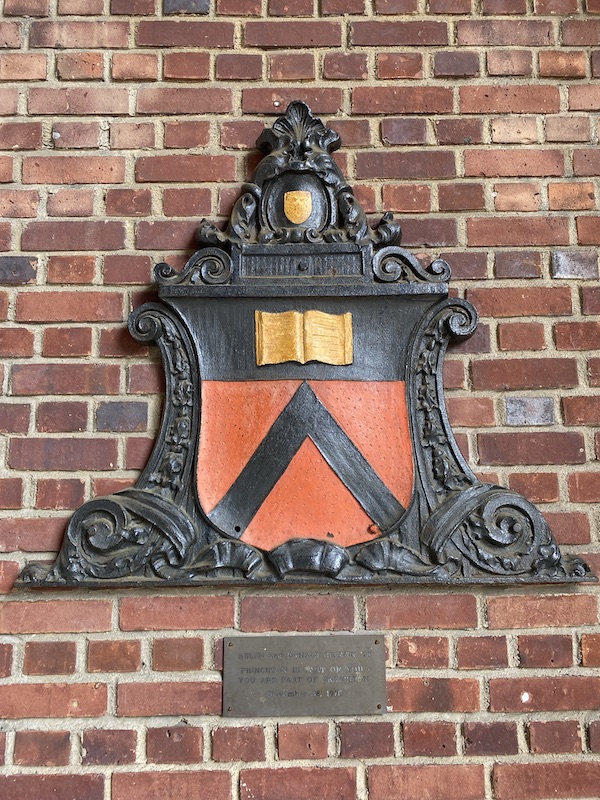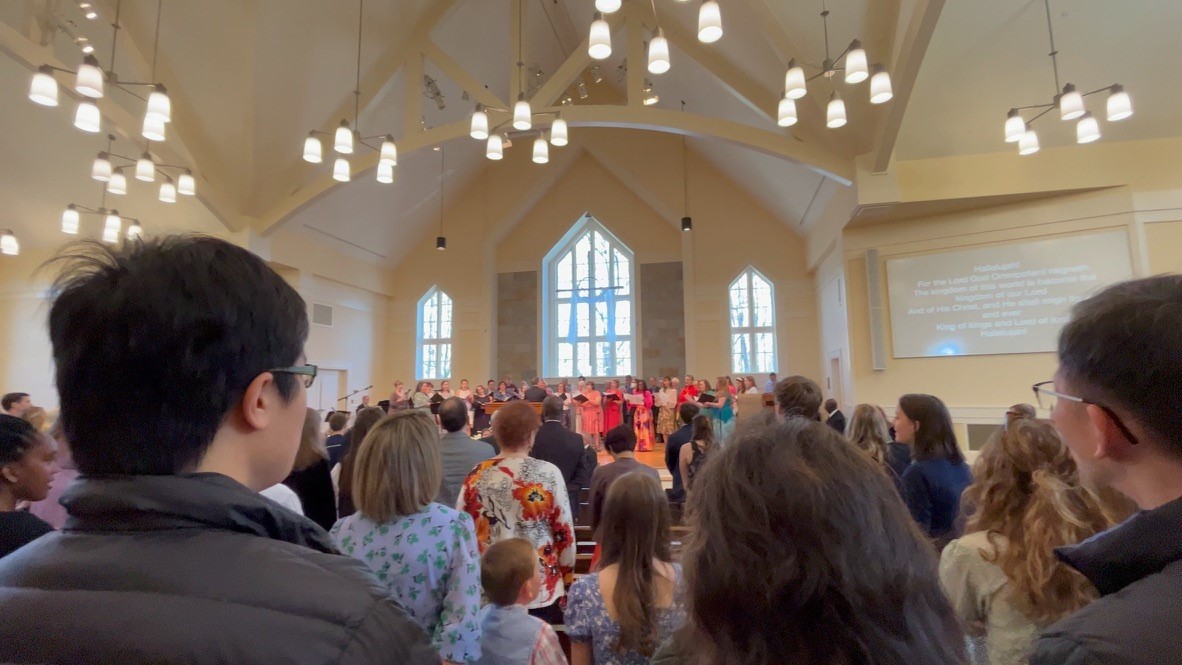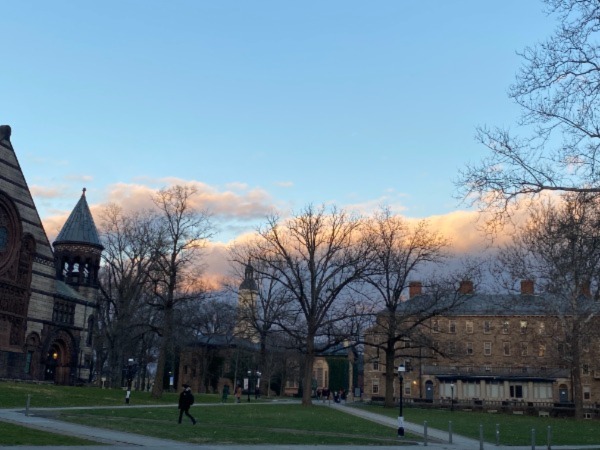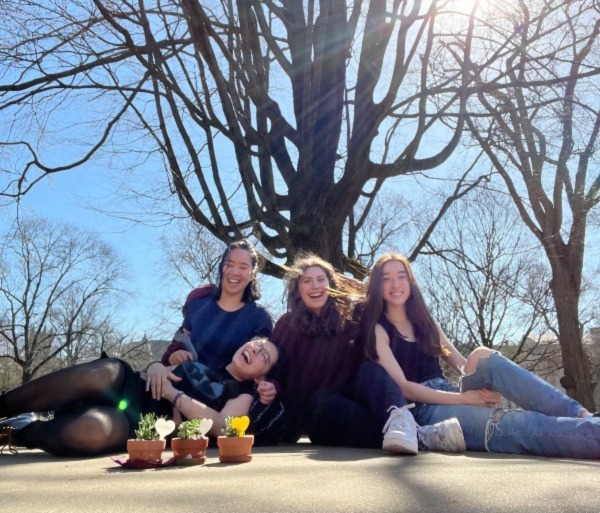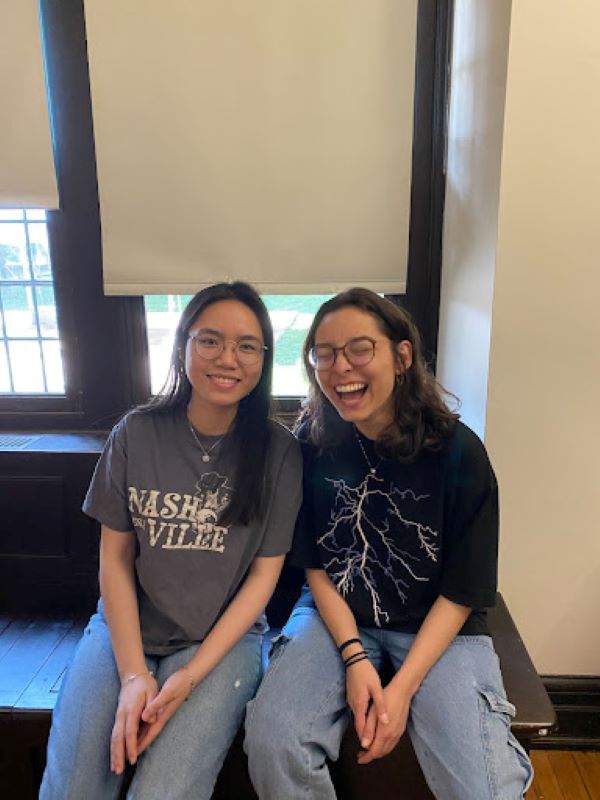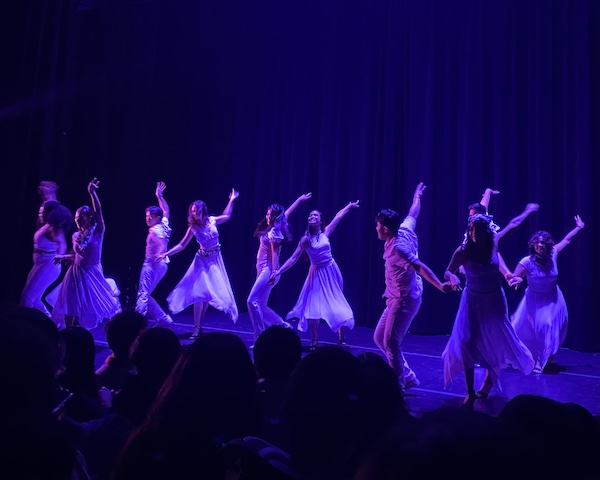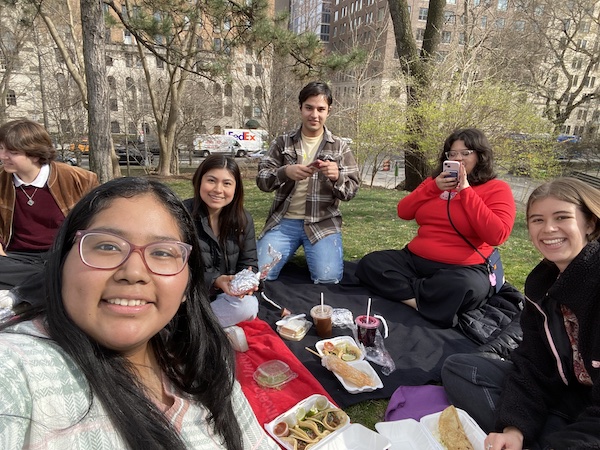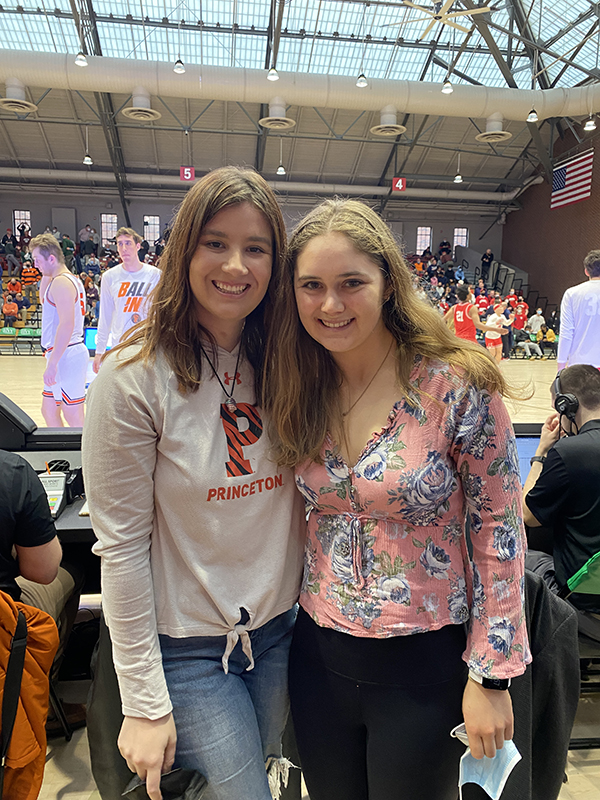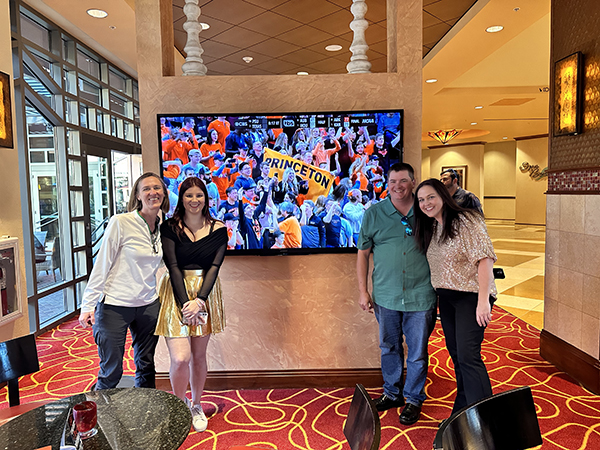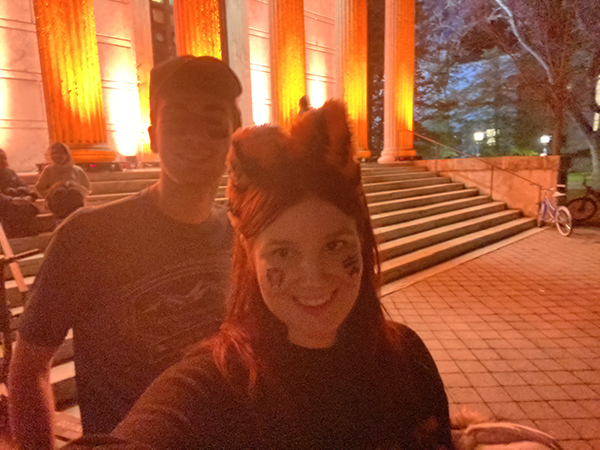My name is Mirabella Smith, and I am a member of Princeton’s Class of 2024. I came to Princeton knowing that I was queer, but not yet knowing exactly what that meant to me. I thought that I did–identity, though, I came to learn, is not something which is static. Identity is a process of discovery and of becoming.
I entered this institution in Fall of 2020. Necessary regulations to control the spread of COVID-19 meant that all students attended classes over Zoom during the fall semester, and had the option to come to campus (still taking classes virtually) during the spring. For financial reasons, I chose to stay home the whole year. As you would probably expect, the experience was isolating. Transitioning to the rigor of a place like Princeton more or less alone (at least in my physical space) took a toll on me that I won’t soon forget. Still, I’ll always remember that fall semester fondly as the time I found my people, and along with them, my passion.
Perhaps the best decision I have made thus far in life was to take a freshman seminar entitled “The Bad Old Days? LGBTQ+ Literature Before Stonewall.” It was there that I met people who I now consider to be my family. Before the first day of classes, we decided to make a group chat, and within an hour, it was buzzing with activity. I think that we all felt nervous about coming to Princeton; nervous about being so alone, so isolated, as we launched ourselves into not just the unfamiliar world of college, but the unfamiliar world of being queer in college. Many of us were queer, after all, and took the class because we were interested in learning more about the history of our community. We connected fast. Those people and the group chat we shared were an anchor for me in my transition to Princeton’s world, made all the more complicated by the fact that I wasn’t actually at Princeton.
That wasn’t the only class where I was exposed to new facets of my identity. Another class, “Crafting Freedom: Women and Liberation” quickly introduced me to Audre Lorde’s collection of essays Sister Outsider–it was one of my first college readings and remains my favorite book to this day. Audre Lorde was my first foray into the world of Black Feminist thought. I honestly don’t think that I knew what feminism (actually) is until I came to Princeton. It is inherently intersectional, centered around community, communication, and bridging the gaps that exist between us. It’s about acknowledging those gaps, and listening to each other in such a way that we connect not in spite of them, but through them. We are more powerful when we speak than when we are silent, and, as Lorde wrote, “There are no new ideas. There are only new ways of making them felt” (Lorde, Poetry is Not a Luxury).
In that class, we read Angela Davis, Cherie Moraga, and Gloria Anzaldúa. We read the works of abolitionists, transwomen and coalition builders, and I fell in love with the world of queer theory. In retrospect, it’s easy to say that with each course I took towards the Gender and Sexuality Studies certificate, I was developing as a student and a human. A major tipping point for me came when I read Judith Butler’s essay “Performative Acts and Gender Constitution,” which helped me come to the realization that I am nonbinary. Butler’s words clicked something together inside my head, and the realization came on quickly. That facet of my identity suddenly just made more sense.
This is one of the reasons I am a firm believer in the inextricable connection between theory and praxis: they come hand in hand, and theory, when it is made accessible, has incredible power to promote understanding and create change. That is one of the major tenets that I live my life by today. Accessibility is understanding, and understanding can be revolutionary.
Princeton is a space that has its fair share of institutional issues, something which I am quick to speak to. Still, it’s here that I’ve found my queer family. You’ll find that queer people at Princeton find ways to make space for themselves, and it’s in those enclaves where I’ve found my place and have grown as a human being. I don’t know who I would be without those people, who make both this place and myself better every day.







